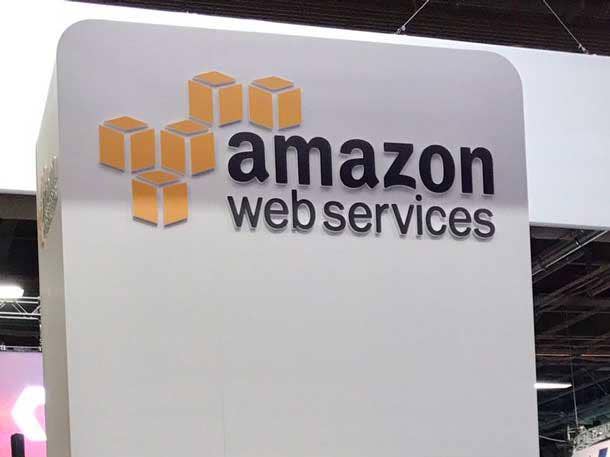AWS Expansion Slows Slightly As Investment Ramps
Amazon CFO Brian Olsavsky said AWS is spending more on marketing, advertising and engineering teams working on advanced services, particularly machine learning.

The AWS juggernaut slowed its expansion in the second quarter as Amazon ramped investment in building out and bringing to market new cloud services, the e-commerce giant reported on Thursday.
The 37 percent year-over-year revenue growth of the world's largest public cloud lagged estimates and fell short of previous quarters, prompting a somewhat volatile decline in Amazon's share price in after-hours trading.
"We're very happy with the growth in absolute-dollar terms," Amazon CFO Brian Olsavsky told investors during a Q2 earnings call. "We're seeing pickup from customers in usage, increased pace of enterprise migration, increased adoption of our services, particularly machine learning services."
[Related: AWS Achieves $30 Billion Run Rate Amid Growing Profitability]
AWS customers spent $8.38 billion on cloud services for the quarter ended June 30. That amount fell short of the $8.5 billion expected by a FactSet survey of investors.
The previous sequential quarter generated $7.7 billion in revenue.
AWS operating expenses increased by almost $2 billion from the same quarter of the previous year.
Despite the revenue and expense trajectory, AWS became almost $500 million more profitable than it was in Q2 of 2018.
The deceleration in growth could be attributed to lapping the first half of the previous year, Olsavsky said, when many large enterprises greatly increased usage, delivering strong financial performance to AWS.
The largest factor for operating expenses climbing to $6.2 billion was increased budgets for adding marketing and sales resources, he said.
The technical head count at AWS—primarily engineers working on machine learning and other advanced projects—grew twice as fast as the rest of the business.
Capital expenditures, which swing greatly between quarters, also contributed to squeezing margins. A year ago, Amazon didn't require much investment in its infrastructure, but spending on data centers started to ramp in Q2—a trend that will continue through the rest of the year.
"There's a very strong investment going on in AWS," Olsavsky said.
In Q2, AWS saw a notable rise in adoption of its machine learning services, especially Amazon SageMaker, Olsavsky said.
Thousands of customers were using the provider's various ML platforms for building artificial intelligence solutions, and AWS will continue to innovate on their behalf, he said, noting AWS released more than 200 new machine learning features and capabilities in 2018.
Database services are also a multi-billion-dollar business, the CFO said, propelled by Aurora, the provider's relational database.
Amazon's overall business grew by 20 percent to $63.4 billion.
The company's stock closed on Tuesday at $1,973.82 per share. It dropped after earnings were reported to roughly $1,926, then recovered to above $1,944 at the time of this publication.